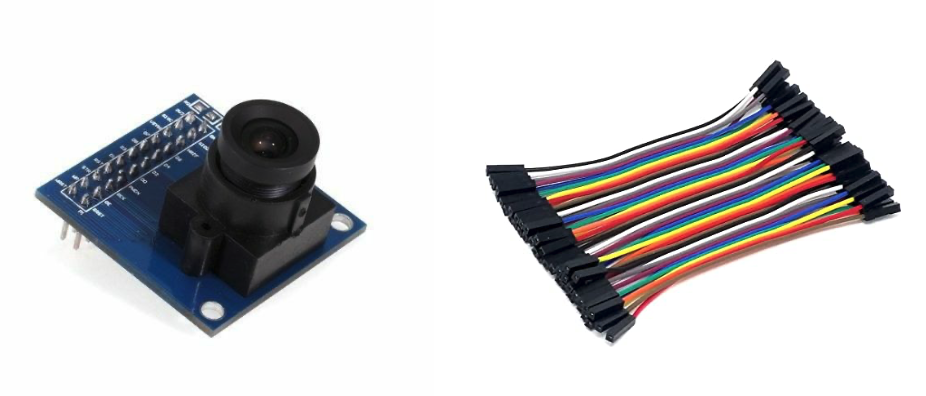
This has been improved, however blue OLEDs still have a shorter life expectancy than their traditional LED equivalents. Early OLED displays had lifespan problems.There are also a few disadvantages to OLED displays: OLEDs can be seen in a variety of lighting environments, both indoor and outdoor.This allows users to enjoy the video display without needing to sit directly in front of it. OLEDs have a very wide field of view, approaching 170 degrees.They can be refreshed much faster than LCDs, making them suitable for high-speed and high framerate video.They have a true black background, which makes for a more accurate video display.OLEDs do not require a backlight as LCDs do.OLEDs are brighter than traditional LEDs.They are flexible, allowing the production of curved video displays.They are lighter and thinner than displays made with LEDs or LCDs.OLED displays have many advantages over LED and LCD displays: When a current is passed through the OLED the Emissive Layer emits photons. Substrate (the material that the OLED is “printed” onto).Seal (the outside seal or the “screen” that is actually viewed by the user).As they cross the gap they release photons.Īn OLED consists of several layers, a standard OLED has six: The two layers are arranged to have a slight gap and when current flows through the device electrons “jump” across this gap. OLEDs vs LEDsĪs with a standard LED, an OLED emits light photons of a specific frequency when an electrical current is passed through it.Ī standard LED consists of two layers of semiconductor material, n-type and p-type. Sony has had some OLED TVs available since 2007 in limited areas. Samsung has used OLED technology in its televisions since 2013. Its EasyShare LS633 camera was released in March 2003 and used an OLED display screen. Kodak was also the first company to release a commercial device using OLEDs. In 1987 Ching Tang and Steven VanSlyke developed the first practical OLED at the research labs at Eastman Kodak. Twenty years later Alan Heeger, Alan MacDiarmid, and Hideki Shirakawa discovered organic semiconductors, a feat which would earn them a Nobel Prize in Chemistry in 2000. At the time this was not much more than a laboratory curiosity.

In the 1950s it was discovered that some organic compounds exhibited the phenomena of electroluminescence.

Standard LEDs and EL panels make use of this phenomena. Your OLED wasn’t grown without the use of pesticides! How OLEDs WorkĮlectroluminescence is a big word (I confess, I had to spell-check it!) that describes the phenomena of a material emitting light when an electric current is passed through it. Examples of organic molecules include common items such as sugar, gasoline, alcohol, wood, and plastics. Organic molecules are simply molecules that are based around lines or rings of carbon atoms. The “organic” in OLED refers to the organic molecules used in creating these devices. The term “organic” to most people is used when describing the production of food but in this case, it has an entirely different meaning. OLED is an abbreviation for “Organic Light Emitting Diode” which would seem to indicate that these devices are somehow related to traditional LED’s but differ in the sense that they are “organic”. They are bright, easy to see in a variety of lighting conditions and they consume very little current.Īnd they are organic as well! How are these “Organic”? OLED’s are used in display applications large and small, from giant television screens to tiny smartwatch displays.


 0 kommentar(er)
0 kommentar(er)
